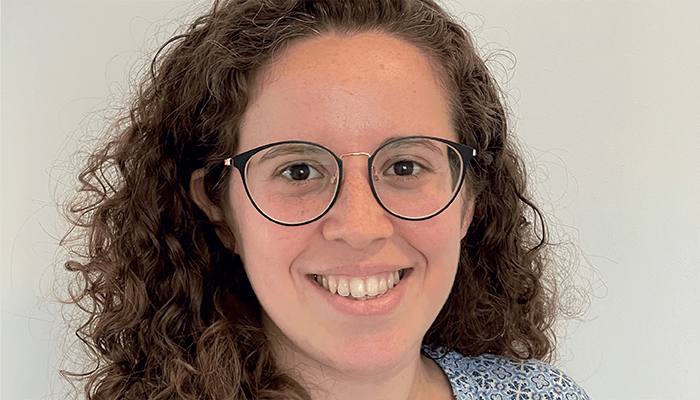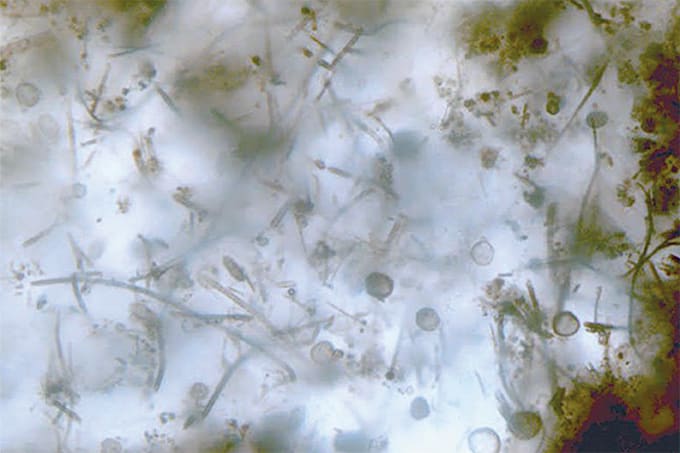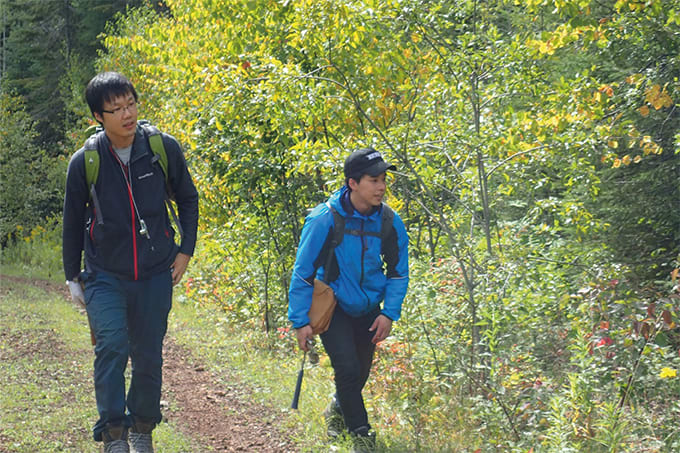With Catia Costa, Research Fellow at the University of Surrey, UK
What inspired your research into differentiating between contact and ingested cocaine metabolites?
Initially, we were excited to detect drugs and their respective metabolites in the fingerprints of someone who had taken cocaine. But during conference presentations, people would often ask the crucial questions: “Can you be sure the donor took cocaine? What if they had just come into contact with the drug by handling a banknote?” This was a fair question and initially we hypothesized that detecting both the parent drug and its metabolite could help make that distinction, but we needed evidence of that.
To answer that question, we traveled to the forensic service provider in Ireland – Forensic Science Ireland (FSI) - to (literally) get our hands on some cocaine seized by the police. We performed a lot of dermal contact experiments with cocaine under several different scenarios. One of the key findings in this study was that cocaine’s main metabolite – benzoylegonine, which is normally produced in the body as the drug is metabolized – was also present in the seized cocaine powder. This meant that finding the metabolite was not strictly indicative of cocaine ingestion.

We needed a way of distinguishing between a fingerprint containing the drug/metabolite after ingestion and a fingerprint containing the drug/metabolite after coming into contact with the substance…
So how did you distinguish between the two?
One of the main challenges is that cocaine is very sticky – it tends to hang around on the fingers for 24 to 48 hours. You could wash the cocaine from the fingers to detect the metabolites, but if investigators are looking at fingerprints left at the crime scene, the circumstances of deposition are unknown, and it is unlikely the fingerprint donor washed their hands. Additionally, the handwashing process is subjective and does not always remove all traces of cocaine.
We went on to study the “contact or ingestion” problem using mass spectrometry imaging; specifically, with three approaches: desorption electrospray ionization (DESI), matrix assisted laser desorption ionization (MALDI) and time of flight secondary ion mass spectrometry (ToF-SIMS), which allowed us to visualize fingerprints at different length scales, ranging from the whole fingerprint pattern down to the individual pore structure. We found that if someone had touched cocaine, we would see less of the metabolite and the distribution was very spotty because, as you can imagine, people aren’t deliberately spreading the drug uniformly over their fingers! But if someone had ingested the drug, we saw more of the metabolite and a uniform distribution over the fingerprint area.
How far away are you from having something that could be used in a real-life investigation?
Quite far! There’s still a great deal of research that needs to be done to cover the breadth of illicit drugs out there and the complexity of using fingerprints as a drug testing matrix (e.g. quantitation, robustness, etc). For example, we’ve looked at heroin, and found that detecting heroin and respective metabolites in fingerprints works well with traditional liquid chromatography-mass spectrometry (LC-MS) approaches. We were able to distinguish between contact and ingestion of heroin without the need for mass spectrometry imaging – we simply used morphine, a secondary metabolite of heroin, to identify the cases where heroin was ingested. Techniques like LC-MS are mature and routinely used for drug testing, but for mass spectrometry imaging, we’re still far from having a mature, standardized test that can be done in a forensics lab using commercially available instruments.
What are the advantages and disadvantages of the various techniques you’ve used in your research?
LC-MS is arguably the best technique we’ve used so far. It is the most sensitive and extremely repeatable. The main problem is sample preparation – ideally, you must collect the fingerprint on a piece of paper, extract the sample, dry it down and reconstitute it. That might take an entire day. Part of my PhD was to look at faster methods, and we came across a technique called paper-spray mass spectrometry. Here, the samples are collected on a little triangle of chromatography paper, which we put into the source, apply high voltage to the back of the triangle, a touch of solvent, and the ions are extracted into the mass spectrometer. With that technique, you could get a (yes/no) result in one minute, which is much quicker than LC-MS – but it is also less sensitive.
The DESI, MALDI, and ToF-SIMS we used for MS imaging were great because you can see how the drug is distributed over the fingerprint, but the sensitivity of those techniques is not as good as LC-MS or even paper spray. It all depends on what you want to target, whether you need spatial distribution, a yes or no type test, or a more quantitative analysis.
What are your plans for future research?
Ultimately, we are keen to develop a usable technology – we really think it has potential. But given the levels of certainty you need in forensics, as well as the limited funding and regulatory hoops you have to jump through to conduct research in the area, we think therapeutic drug monitoring (TDM) might be a more realistic application! Hospitals need ways to monitor whether a patient is complying with their medication. And post COVID-19, remote methods are becoming more popular. You can’t easily ask patients to produce blood or urine samples and send them in the post. But what if they could just send a fingerprint? Admittedly, this work is also quite challenging because it’s difficult to tell how much fingerprint you’ve collected; we’re working on how to measure the mass of a fingerprint, which would make quantification of the drugs and metabolites possible for TDM.
What other challenges have you faced during your fingerprint research?
For both criminal investigations and clinical settings, investigators/doctors want to know not only whether someone has taken a drug, but also how much of it they’ve taken – and we have some way to go before we nail the quantification aspect. But to be honest, simply conducting the research is quite tricky; we hold a finger to the paper for 30 seconds, at roughly the same pressure, but the results can vary depending on how sweaty the donor is – and there’s a range of additional factors and potential investigator biases. These are all potentially solvable issues, but more research is needed! I suppose if it were easy, everyone would be doing it…
What other things can we learn from a person’s fingerprint?
Ah! That’s another major challenge: getting people to believe the fingerprint is more than just identification. You can tell a lot about a person from their fingerprint! Simona Francese, Professor at Sheffield Hallam University, and other researchers around the world have done great work to explore the determination of sex, age and even physiological or pathological states from a person’s fingerprint. Professor Francese’s work looked at detecting and mapping hemoglobin variants in blood fingermarks and blood stains and identifying a bunch of different condom lubricants from fingerprint samples.
One of the next steps in fingerprint research is to be able to understand more about the conditions under which a fingerprint was deposited – that’d be a significant step as it could give us a better understanding of the crime scene and how things unfolded. Methods to find and develop fingerprints found at crime scenes have seen great improvements over the last few years, but if the suspect isn’t on a database, it’s usually a dead end. With the chemical analysis of a fingerprint, you can learn more about the person – what we call donor profiling – to narrow down your list of suspects.




